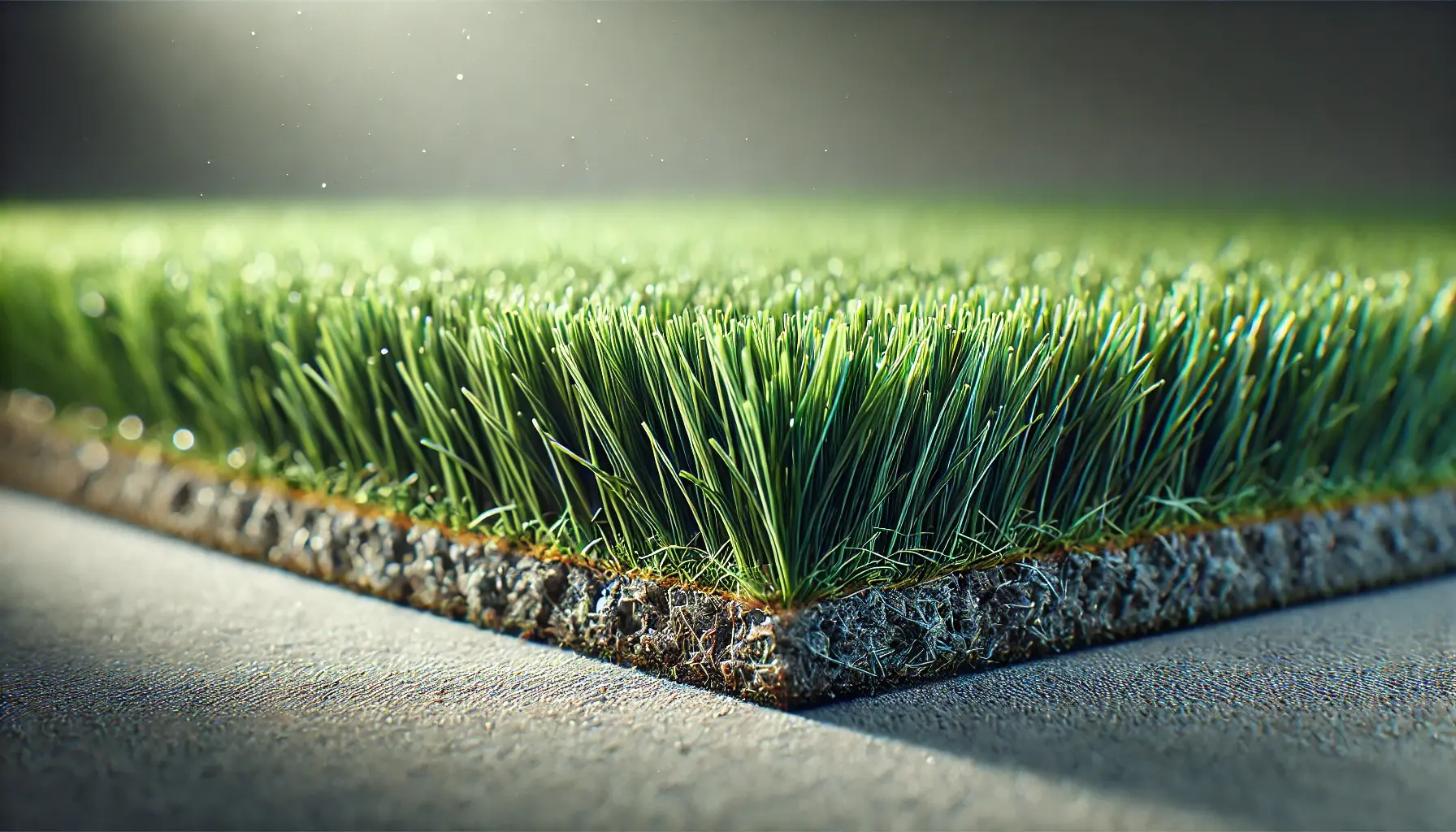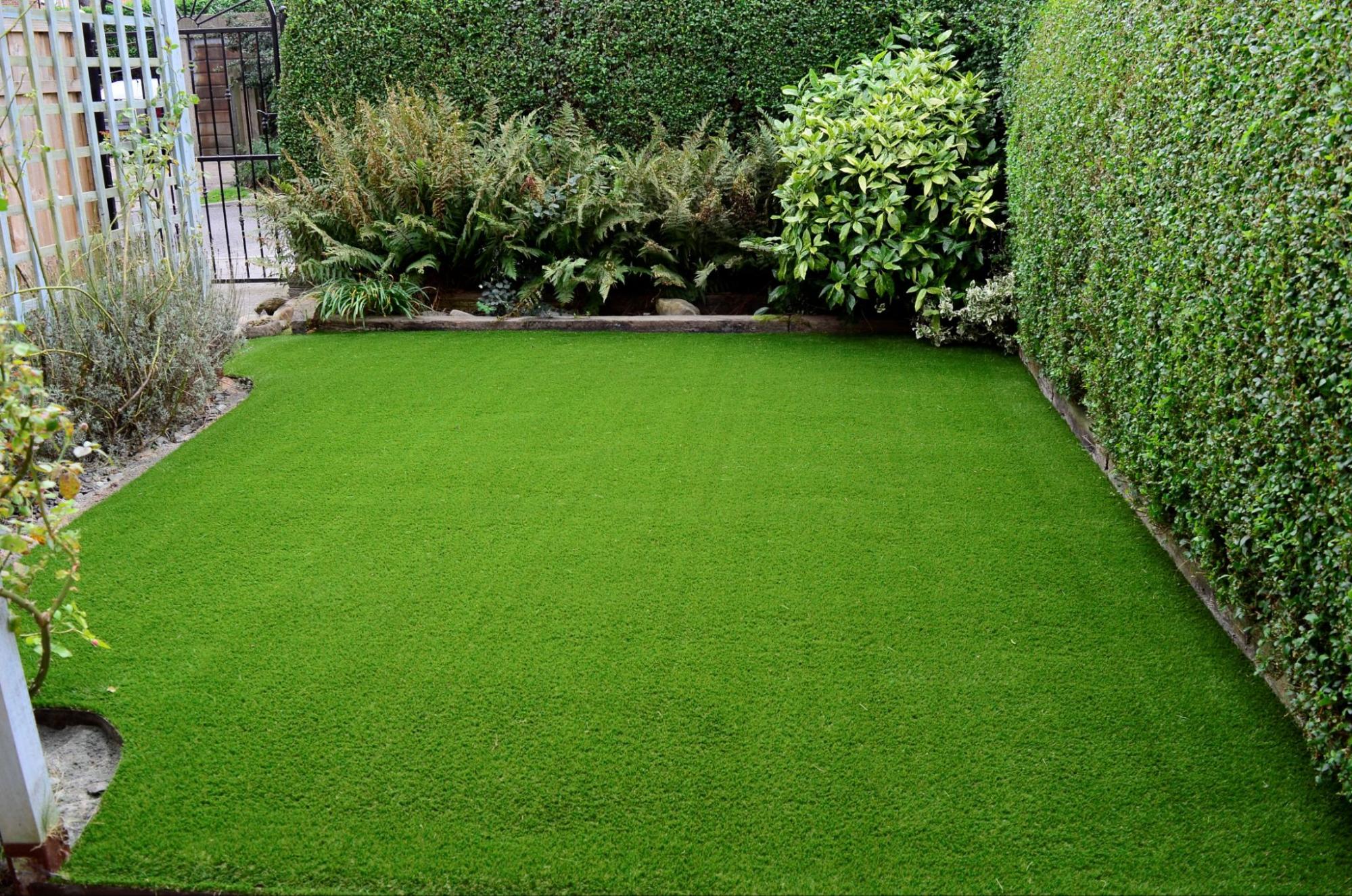Delve Into the Environmental Conveniences of Opting for Synthetic Grass Solutions
The adoption of man-made lawn solutions presents a compelling chance to attend to pushing ecological challenges. By considerably minimizing water use and decreasing the application of damaging chemicals, these options not just advertise lasting landscape design yet also safeguard regional environments.
Water Preservation Conveniences
One of the most significant advantages of artificial lawn is its capability to conserve water. In contrast, fabricated turf does not require watering, considerably decreasing the overall need for water sources.
By getting rid of the demand for regular watering, artificial grass adds to lasting landscape practices and assists mitigate the environmental influence of excessive water intake. Furthermore, the preservation of water encompasses the decrease of runoff, which can cause dirt erosion and waterway air pollution.
Additionally, the setup of synthetic grass enables districts and homeowners to assign water resources a lot more efficiently, concentrating on vital usages such as alcohol consumption water and agriculture. The shift towards synthetic grass not just advertises liable water use but also aligns with more comprehensive ecological objectives aimed at preserving natural deposits.
As neighborhoods progressively focus on sustainability, the water conservation benefits of synthetic grass offer an engaging instance for its fostering in property and business landscape design jobs.
Minimized Chemical Use
The shift to man-made turf considerably reduces the reliance on chemical treatments typically used in natural grass upkeep. Typical lawn monitoring commonly entails the application of chemicals, herbicides, and fertilizers to promote growth and control pests. These chemicals can pose threats to human wellness, regional wildlife, and the environment, adding to soil and water contamination.
In comparison, artificial grass eliminates the requirement for these damaging materials. By minimizing the release of artificial substances into the ecological community, synthetic lawn promotes much healthier dirt and water systems.
Furthermore, the lack of chemical runoff connected with artificial grass installments helps secure neighborhood waterways from contamination, sustaining marine life and maintaining biodiversity. Phoenix turf companies. As areas progressively focus on lasting techniques, selecting synthetic grass offers a viable option that straightens with ecological conservation goals. With this shift, homeowner can appreciate lavish green spaces without compromising ecological health and wellness, leading the way for an extra lasting future
Reduced Carbon Impact

In addition, the installation of synthetic grass can lead to considerable water preservation. All-natural grass call for considerable amounts of water for irrigation, which not just contributes to the carbon footprint connected with water removal and therapy however likewise strains regional water resources. In contrast, fabricated lawn requires marginal upkeep, calling for no watering, therefore significantly reducing water usage and its associated power prices.
In addition, the long life of man-made grass adds to its decreased carbon effect. With a lifespan of up to 15 years or more, the need for frequent replacements is decreased, resulting in much less waste and reduced power usage in manufacturing and throwing away typical lawn options. In general, artificial lawn offers a sustainable option for eco mindful landscaping.
Habitat Conservation
Environment preservation is a crucial factor to consider in the dispute over landscaping choices, specifically when comparing synthetic grass to all-natural turf. All-natural lawn lawns frequently call for considerable upkeep, including making use of chemicals, plant foods, and herbicides, which can negatively influence regional communities. These chemicals can seep into the dirt and waterways, harming native vegetation and fauna and interfering with regional habitats.
In comparison, synthetic grass presents a chance to reduce the environmental impact of landscaping. By selecting synthetic turf, home owners can reduce the disturbance of natural habitats linked with traditional yard treatment techniques. Synthetic grass gets rid of the demand for hazardous chemicals, therefore protecting close-by wild animals and keeping the honesty of surrounding environments. The installation of synthetic grass can lead to the conversion of previous lawn locations right into even more biodiverse landscapes, such as pollinator yards or indigenous plant locations, which can sustain local wild animals.
Ultimately, the change to synthetic grass not just saves water and decreases maintenance efforts yet additionally promotes a much more harmonious relationship in between human activities and the natural surroundings, advertising environment preservation in the process.
Long-Term Sustainability
Lasting sustainability is a crucial consider evaluating click for more the advantages of man-made turf over traditional yard yards. One of one of the most considerable benefits of fabricated grass is its toughness; it can last as much as 15-20 years with marginal upkeep, whereas natural lawn requires constant reseeding and replacement. This longevity minimizes the need for consistent resources, such as water, plant foods, and pesticides, which are essential for preserving a healthy turf lawn.
Furthermore, synthetic grass contributes to a decrease in carbon emissions related to lawn treatment equipment. Standard grass commonly require gas-powered mowers, leaners, and blowers, all of which contribute to air contamination. Phoenix turf companies. On the other hand, synthetic lawn eliminates the requirement for such tools, promoting a cleaner atmosphere
In addition, the production of man-made turf progressively utilizes recycled products, improving its sustainability account. As manufacturers take try this out on environment-friendly practices, the environmental footprint of synthetic grass proceeds to reduce.

Final Thought
The fostering of synthetic grass remedies offers considerable ecological benefits, consisting of considerable water preservation, minimized reliance on dangerous chemicals, and a lower carbon footprint. In addition, synthetic grass aids in protecting natural environments by reducing land disruption and advertising long-term sustainability with using durable products. Jointly, these aspects emphasize the potential of synthetic grass to add favorably to ecological health and wellness and supply a sensible alternative to typical landscaping techniques in a progressively resource-conscious globe.
In comparison, man-made lawn does not need watering, substantially minimizing the overall need for water sources. By minimizing the release of synthetic compounds into the environment, man-made lawn advertises healthier dirt and water systems.
Additionally, the installment of artificial grass can result in considerable water conservation. In comparison, fabricated grass requires marginal upkeep, requiring no watering, therefore browse this site dramatically lowering water usage and its associated energy costs.
